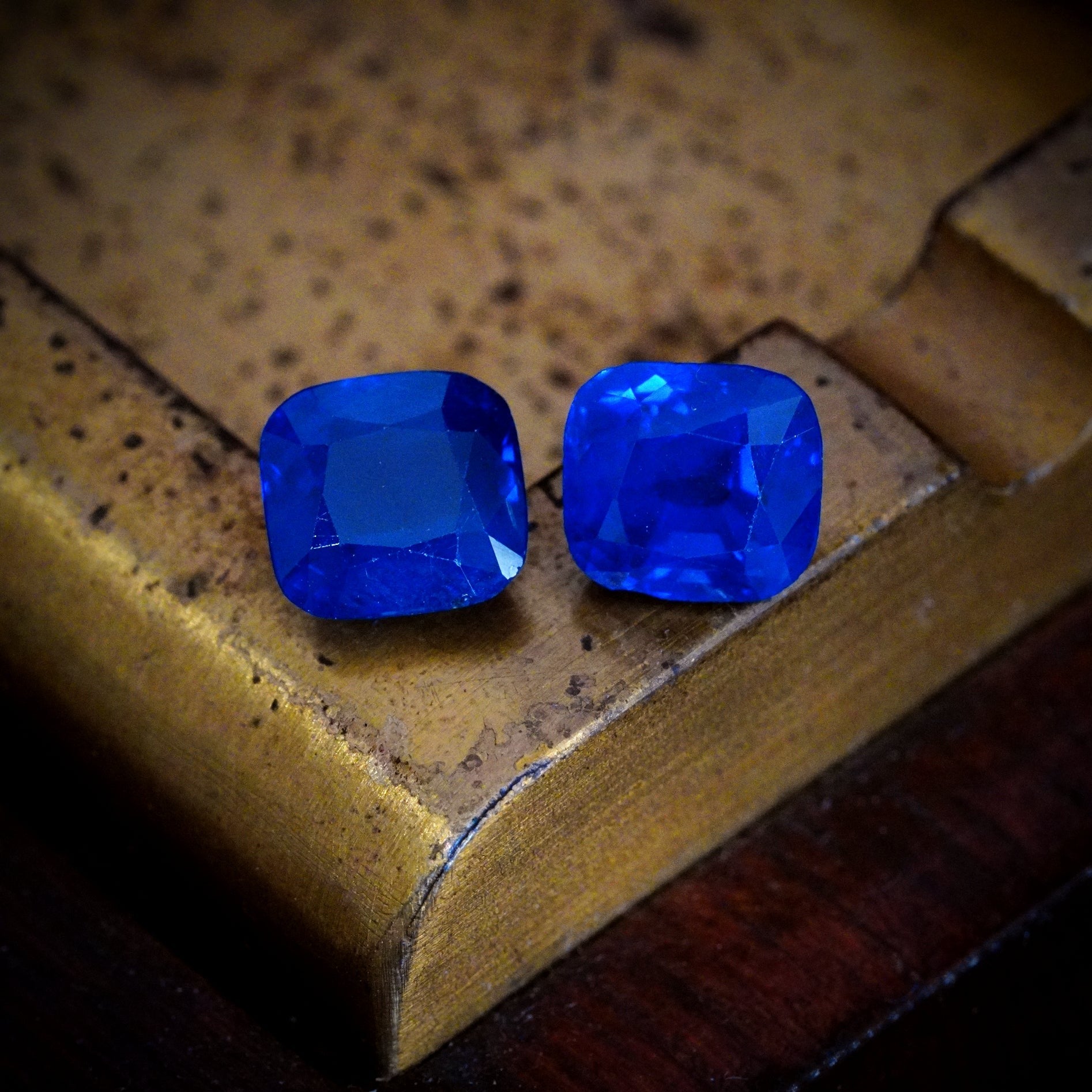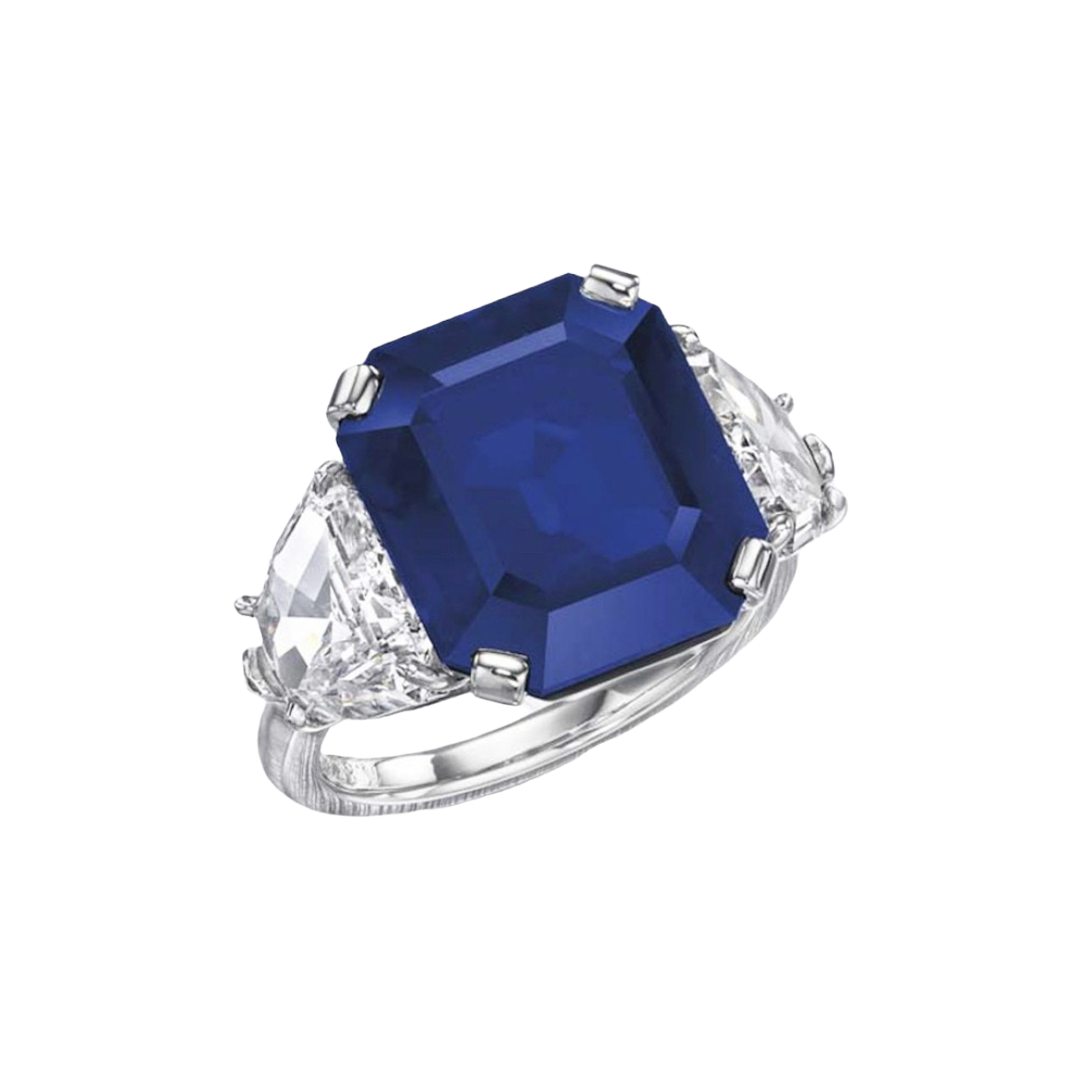So, I kept hearing this term thrown around, ‘Kashmir sapphire’, and honestly, for a while, I just thought, “Okay, a sapphire from Kashmir, big deal.” Sounded like just another place name tacked onto a gem. But it kept popping up, often mentioned with this kinda hushed, reverent tone. That got me curious. What was the actual story here?

Starting the Dig
I decided I needed to figure this out myself, not just rely on hearsay. So, I started poking around. Wasn’t like formal research, more like asking questions when the topic came up, looking through some old articles I found, comparing pictures online – that sort of thing. Just trying to piece together why these sapphires were supposedly special.
What I Found Out Piece by Piece
First thing that hit me was the rarity. Turns out, finding a new Kashmir sapphire is like finding a needle in a haystack the size of a mountain. The main source, high up in the Himalayas in the Kashmir region, was really only productive for a very short time, way back in the late 1800s. Apparently, a landslide exposed the deposit, there was a mad rush for a few years, and then the supply of the really good stuff just… dwindled. Finished. Kaput.
So, most Kashmir sapphires you might see today are antiques, passed down or circulating in the market for ages. That scarcity alone makes them a big deal.
The Real Kicker: That Color
But the rarity wasn’t the only thing. Everyone kept talking about the color. They don’t just say ‘blue’. People use words like ‘velvety’, ‘cornflower blue’, sometimes even ‘sleepy’. I looked at a lot of photos trying to get it. It’s this intense, deep blue, but it has a softness to it. It doesn’t look glassy or sharp like some other sapphires. It’s got this subtle haziness, almost like it glows from within, especially in natural light. It’s really distinctive once you start comparing.
- Origin: Zanskar range of the Himalayas (Kashmir region).
- Discovery: Primarily late 19th century (around the 1880s).
- Supply: Extremely limited now; major source exhausted quickly.
- Key Feature: That unique velvety, rich, slightly hazy blue color.
- Value: Because of the rarity and color, they’re at the absolute top end of sapphire value. Crazy expensive.
My Takeaway
So, after digging around, I got the picture. Kashmir sapphire isn’t just a place name. It refers to these legendary stones from a specific, short-lived discovery, famous for a blue color that’s apparently unlike anything else. They’re rare, they’re historically significant in the gem world, and they cost a small fortune. It was quite interesting finding out the story behind the name. Makes you appreciate that not all stones are created equal, you know?


